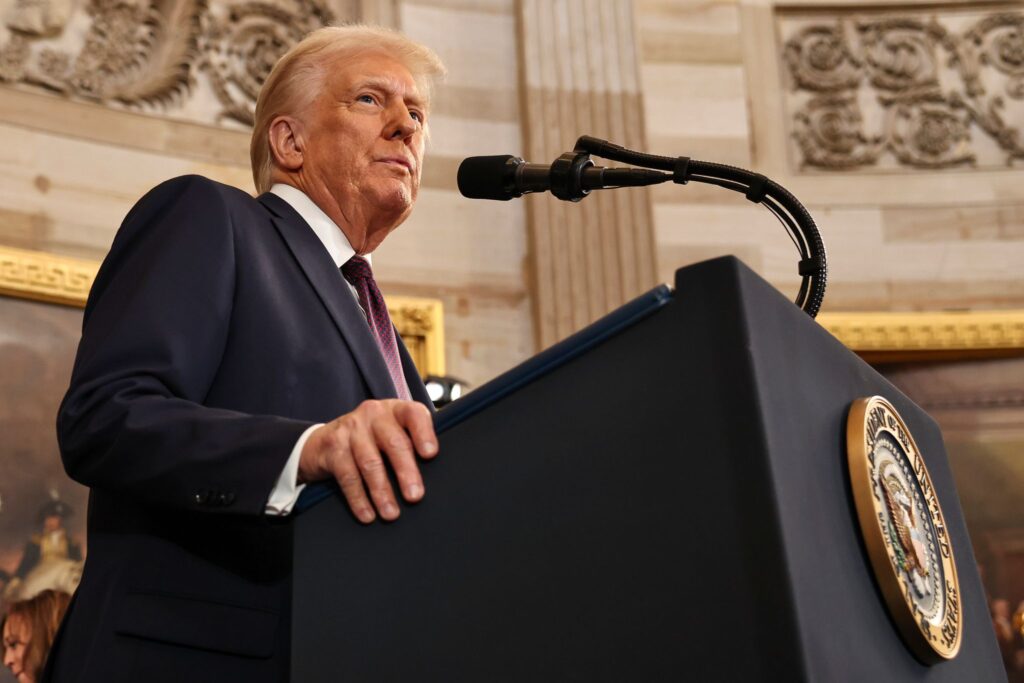Trump’s Asia Visit: A Diplomatic Marathon with Limited Gains
President Donald Trump has concluded his broad Asia tour, marking his first important international engagement since starting his second term. The visit included high-day meetings in Japan, China and Southeast Asia, which aims to re-order American trade relations and claim American influence in Indo-Pacific.

Trade Talks in Tokyo: Progress or Posturing?
In Tokyo, President Trump directly engaged in trade negotiations with Japanese Prime Minister Shigeru Ishiba. The discussions centered on addressing the $68.5 billion U.S.-Japan trade deficit and mitigating the impact of recent U.S. tariffs on Japanese exports. While a temporary 90-day suspension of new tariffs was agreed upon, existing duties on automobiles and steel remain contentious points .
Market reactions were cautiously optimistic, with Nasdaq futures experiencing a modest uptick following the talks. However, the lack of concrete agreements has left analysts questioning the long-term efficacy of these negotiations .
China’s Strategic Maneuvers Amid U.S. Pressure
Simultaneously, Chinese President Xi Jinping embarked on a diplomatic tour of Vietnam, Malaysia, and Cambodia, positioning China as a pillar of regional stability. By securing multiple bilateral agreements and promoting free trade, Xi aimed to counterbalance U.S. protectionist policies and expand China’s influence in Southeast Asia .
The juxtaposition of Trump’s tariff-centric approach with Xi’s cooperative overtures highlights the ongoing strategic competition between the two superpowers in the region.
Assessing the Outcomes: Symbolism Over Substance?
Despite the extensive itinerary, critics argue that President Trump’s Asia tour yielded limited tangible results. While the trip demonstrated a renewed U.S. focus on Asia, substantive policy shifts or agreements were notably absent. Moreover, the administration’s emphasis on transactional diplomacy may have alienated some regional partners seeking more consistent engagement .
In a post-trip address, President Trump asserted that the world witnessed “a strong, proud, and confident America,” emphasizing economic growth and national security. However, the lack of detailed policy outcomes has led to skepticism about the trip’s overall success .
Implications for India and the Indo-Pacific Strategy
India, observing these developments, faces strategic decisions in navigating its relationships with both the U.S. and China. With President Trump’s planned visit to India and the upcoming QUAD summit, New Delhi has opportunities to assert its role in shaping regional dynamics and promoting a balanced Indo-Pacific strategy .
Conclusion
President Trump’s Asia tour underscores the complexities of contemporary geopolitics, where economic interests, strategic alliances, and regional stability intersect. While the trip reaffirmed U.S. engagement in Asia, the absence of concrete agreements suggests that future diplomacy will require more nuanced and collaborative approaches to achieve lasting impact.
